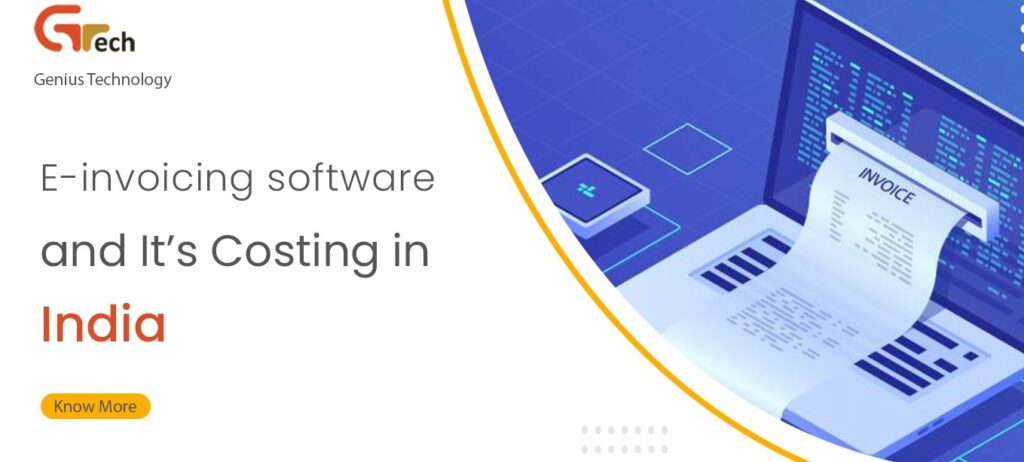In today’s digital age, businesses are increasingly adopting e-invoicing software to streamline their invoicing processes, reduce costs, and improve efficiency. In the fast-paced business world, choosing the right e-invoicing software can be a game-changer for organizations looking to streamline their invoicing processes. However, with numerous options available, it’s crucial to consider user-friendliness when selecting a solution.
Ten key considerations for Choosing Right E-Invoicing Software
- User Interface: When choosing e-invoicing software, opt for a solution with an intuitive user interface. A clean and user-friendly design ensures that staff members can navigate the software effortlessly. This saves time, reduces training requirements, and boosts productivity from the get-go.
- Ease of Implementation: Select e-invoicing software that offers a smooth and hassle-free implementation process. Look for solutions that provide clear instructions, easy setup, and minimal disruption to existing workflows. A user-friendly implementation process ensures a seamless transition without significant downtime or steep learning curves.
- Simple Invoicing Workflow: Prioritize software that simplifies the invoicing workflow. The ideal solution should offer a straightforward and logical process, from creating invoices to sending them to customers. With a user-friendly workflow, staff members can quickly adapt to the software and minimize errors.
- Automated Features: Choose e-invoicing software that automates repetitive tasks. Look for features like automatic invoice generation, scheduled reminders, and recurring billing options. Automation not only saves time but also reduces the chance of manual errors, making the invoicing process more user-friendly.
- Collaboration and User Roles: Consider software that supports collaboration and allows multiple users with different roles and permissions. This enables designated staff members to work together seamlessly on invoices, ensuring efficient teamwork and user-friendly access control.
- Reporting: Reporting capabilities are essential for tracking invoicing performance. Opt for software that provides user-friendly and customizable reports. This allows users to easily generate and analyze data on invoice statuses, payment trends, and customer behavior without the need for advanced technical skills.
- Mobile Accessibility: In today’s mobile world, choose e-invoicing software that offers mobile accessibility. Mobile apps or responsive web interfaces enable users to create, view, and manage invoices on the go. This empowers staff members to stay productive and responsive, even when they are away from their desks.
- Training and Support: Select software providers that offer comprehensive training and support resources. Look for user-friendly documentation, video tutorials, and responsive customer support channels. These resources ensure that users have the necessary guidance and assistance to maximize the software’s potential.
- Seamless Integration: Prioritize e-invoicing software that seamlessly integrates with existing systems. Look for solutions that offer compatibility with accounting software, ERP systems, and other relevant tools. A user-friendly integration process avoids data silos and minimizes the need for manual data entry.
- Regular Updates and Improvements: Lastly, consider software providers that regularly update and improve their solutions. User-friendly software evolves with user feedback and market trends, ensuring a positive user experience over time. Stay informed about the provider’s update frequency and their commitment to enhancing user-friendliness.
Conclusion:
Choosing user-friendly e-invoicing software in India is crucial for organizations looking to optimize their invoicing processes. By these factors such as interfaces, workflows, automation, mobile accessibility, and excellent support, businesses can select a solution that ease of use, boosts productivity, and enhances overall user satisfaction.


